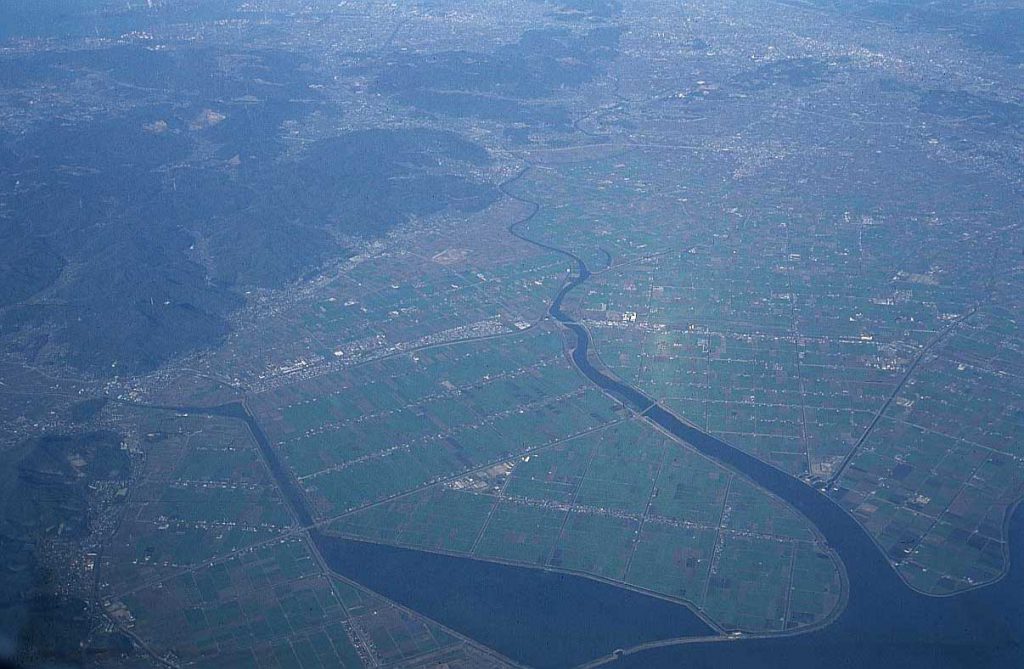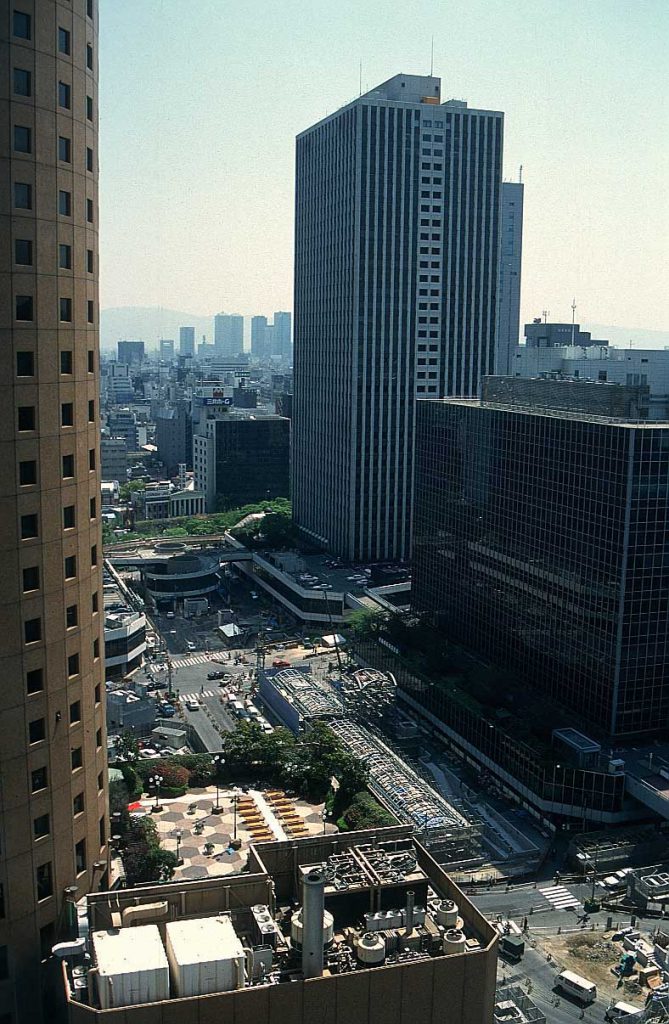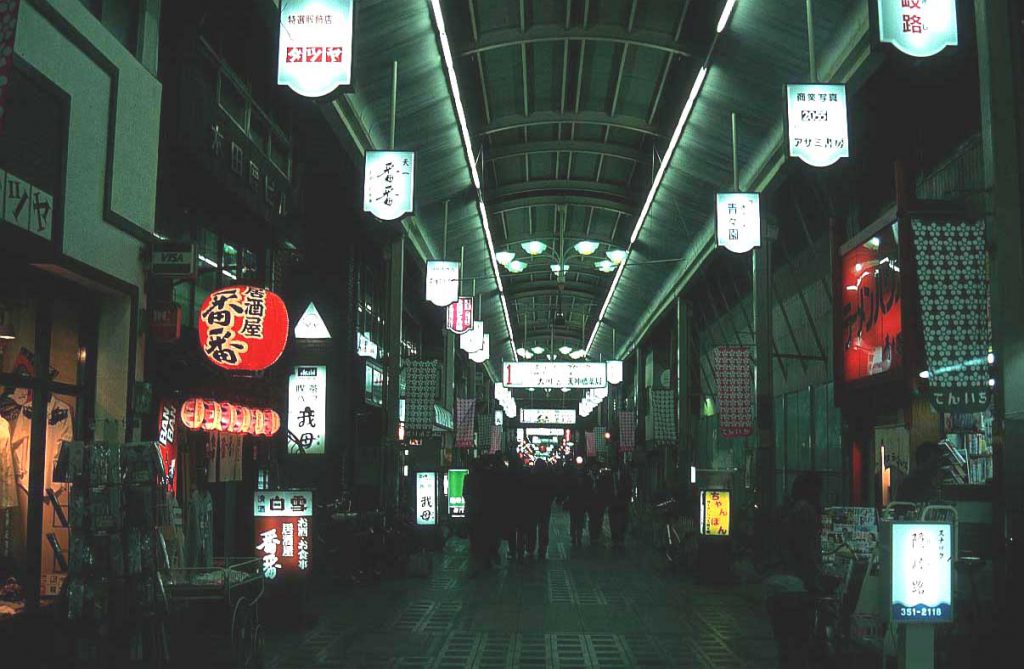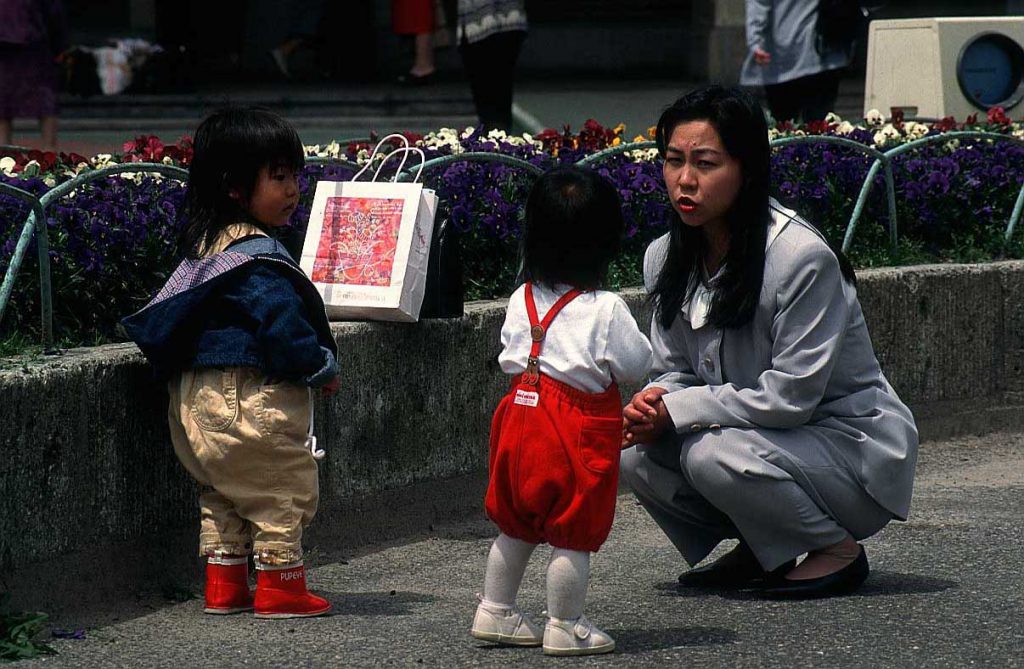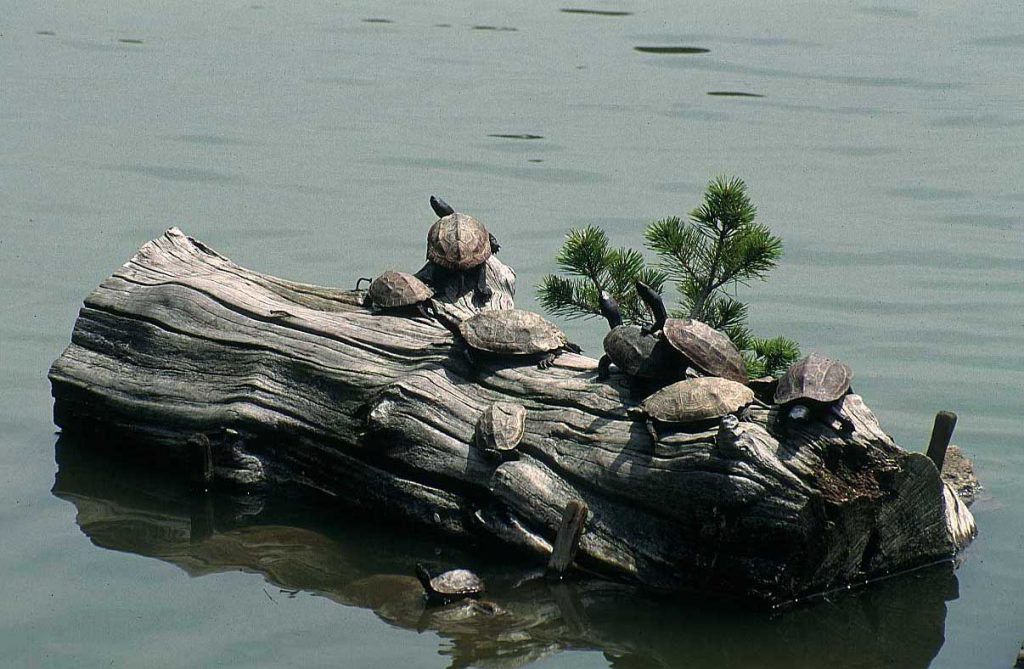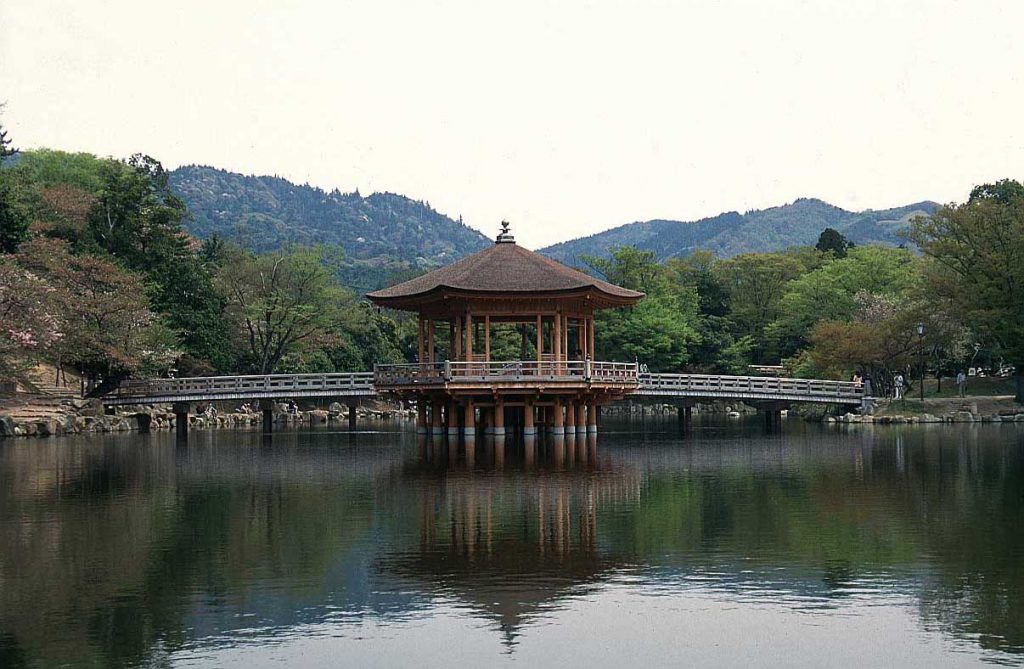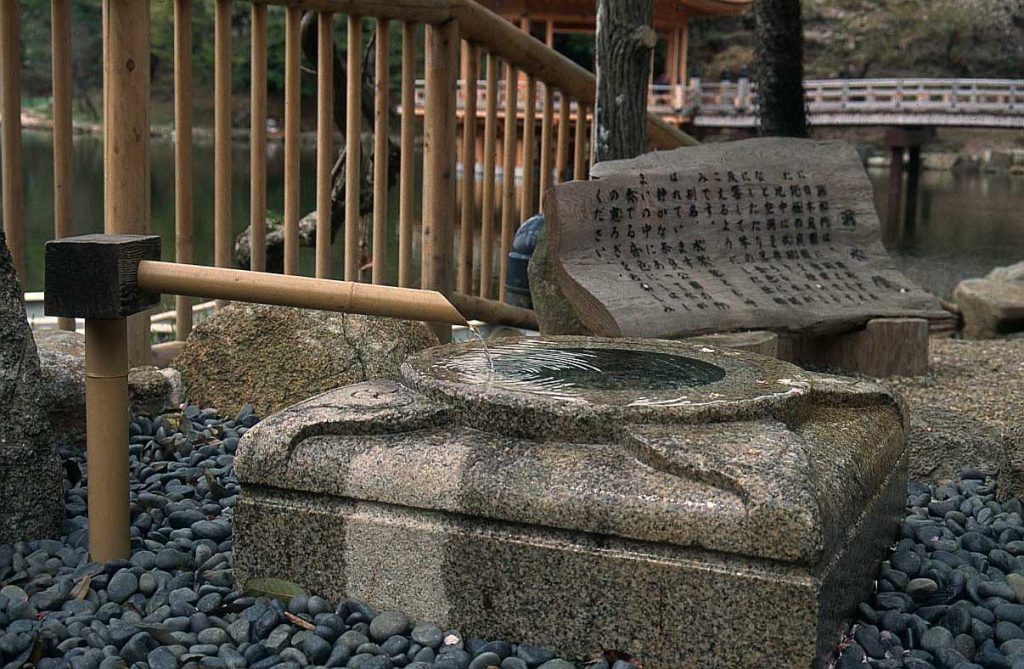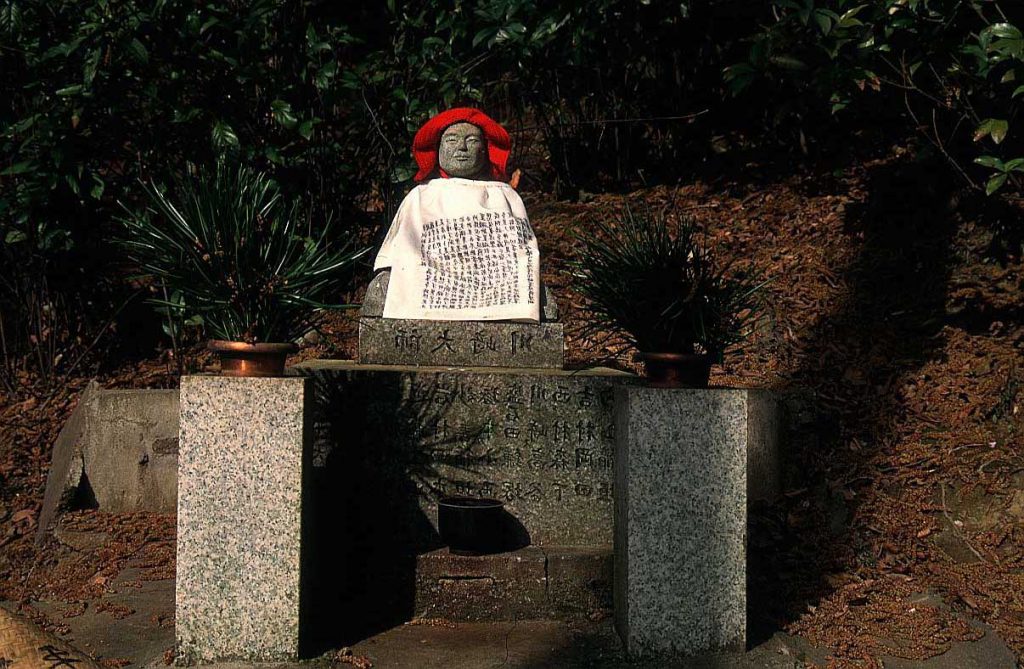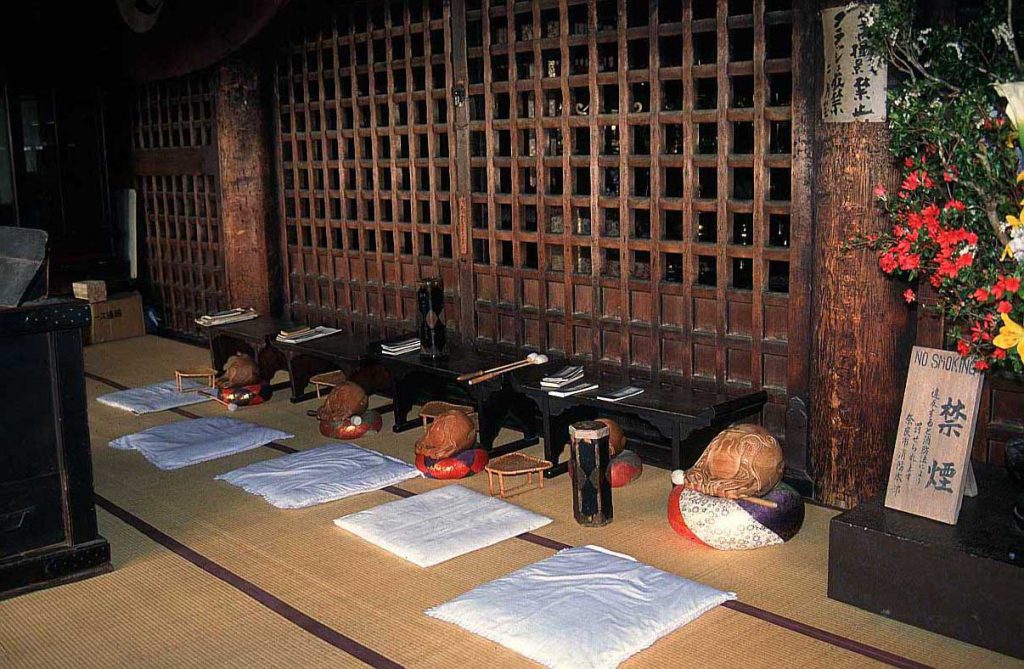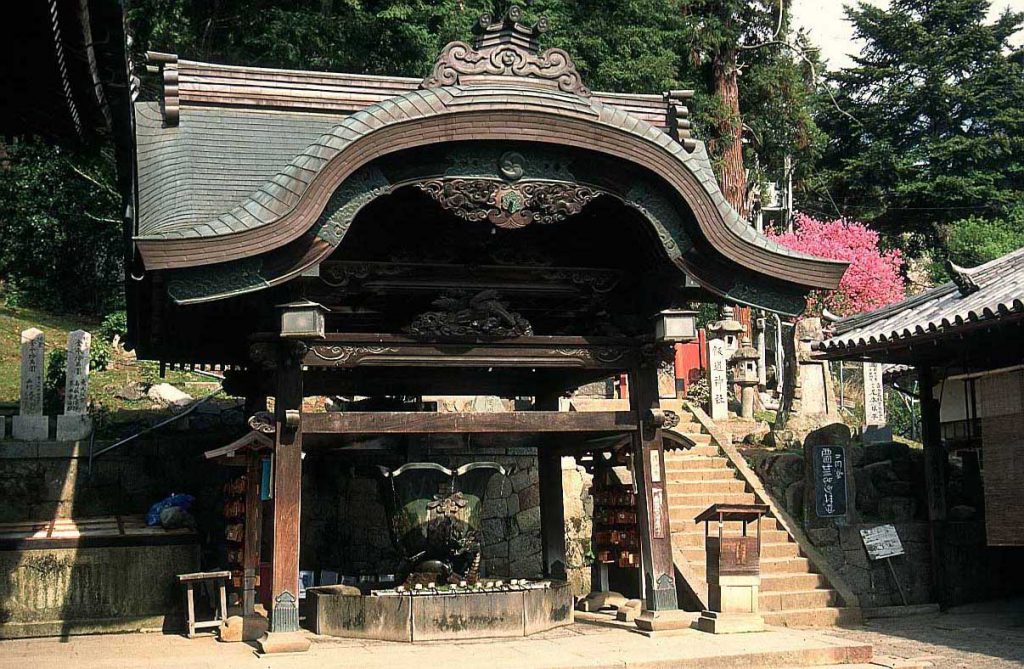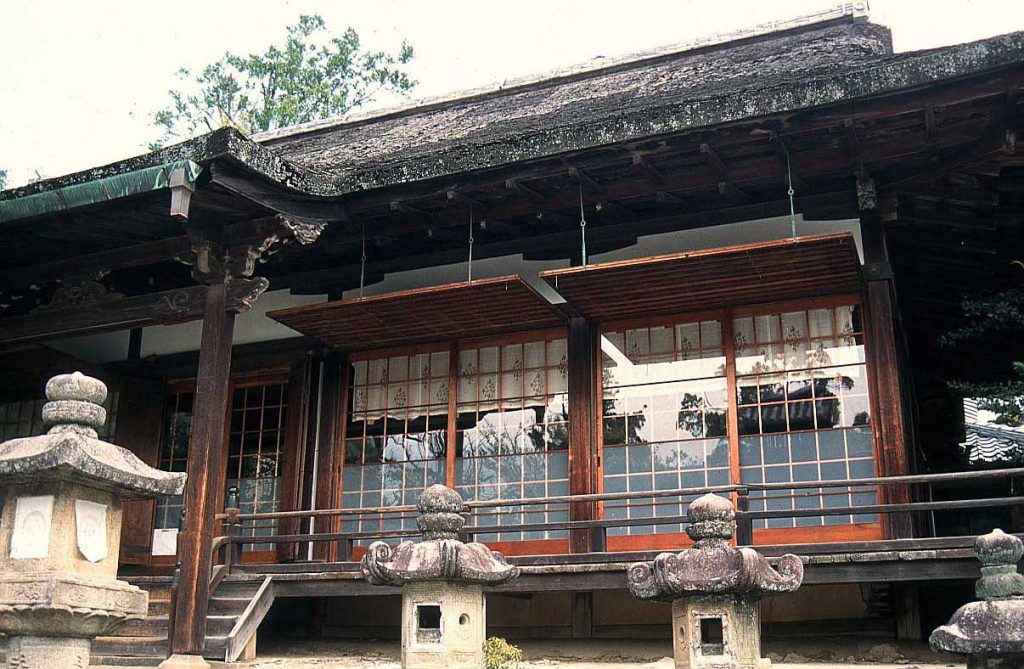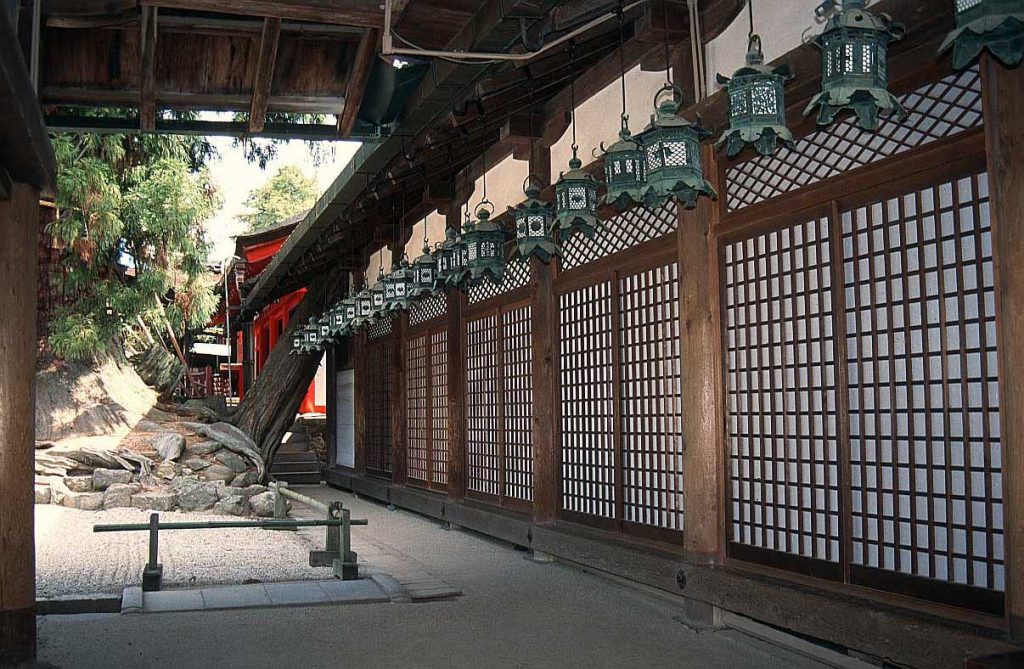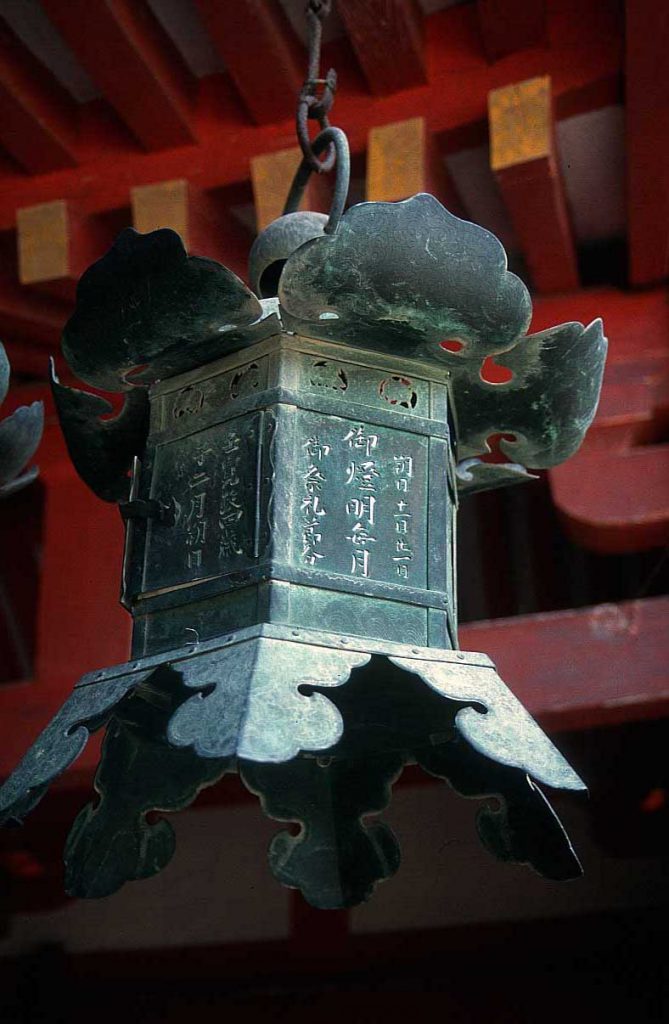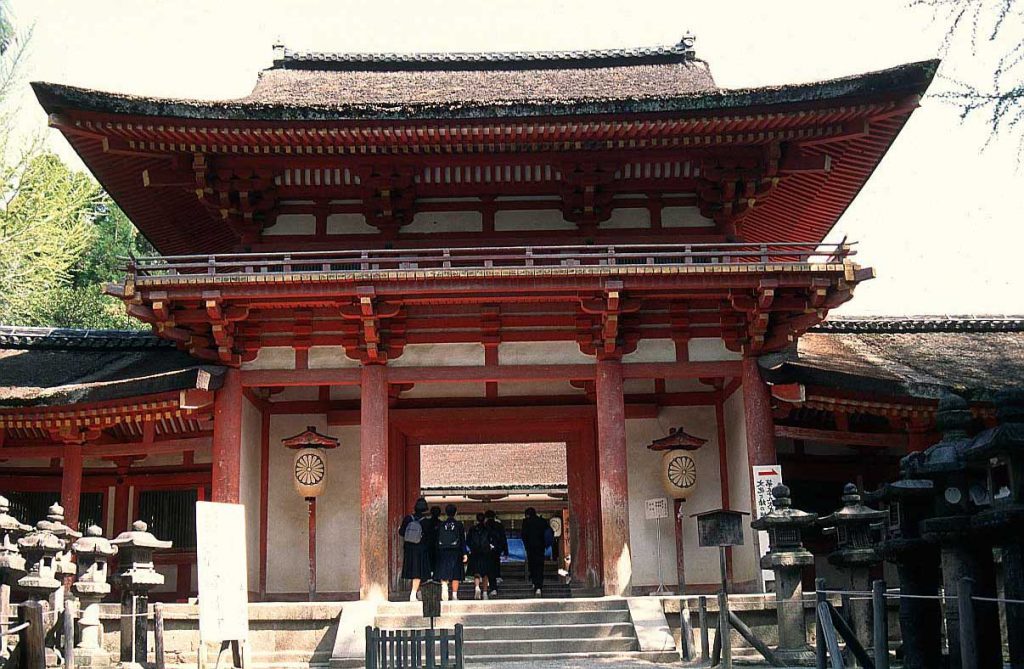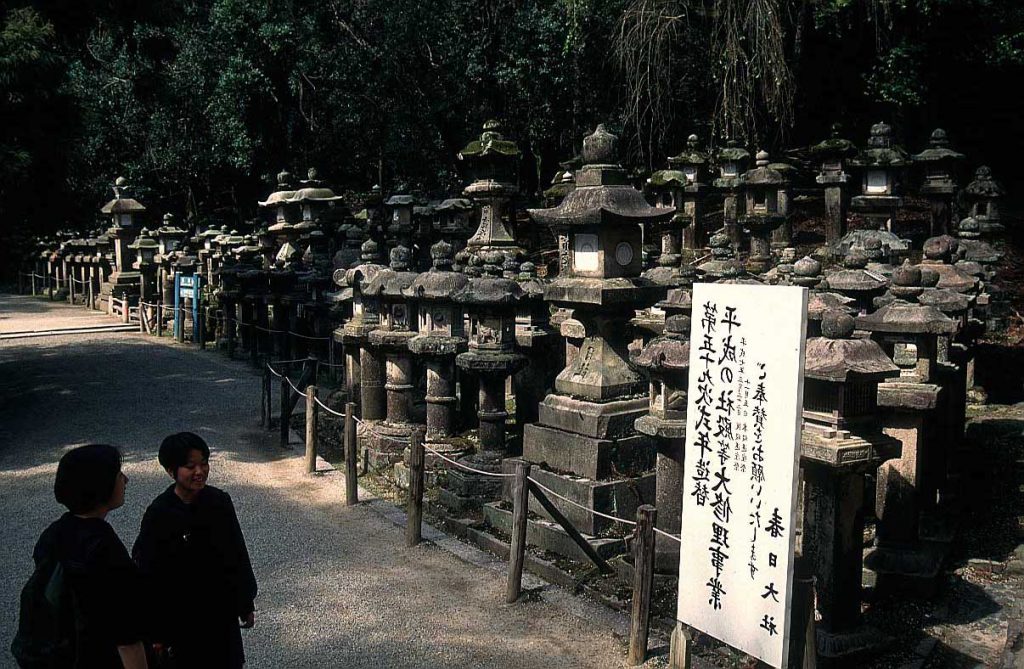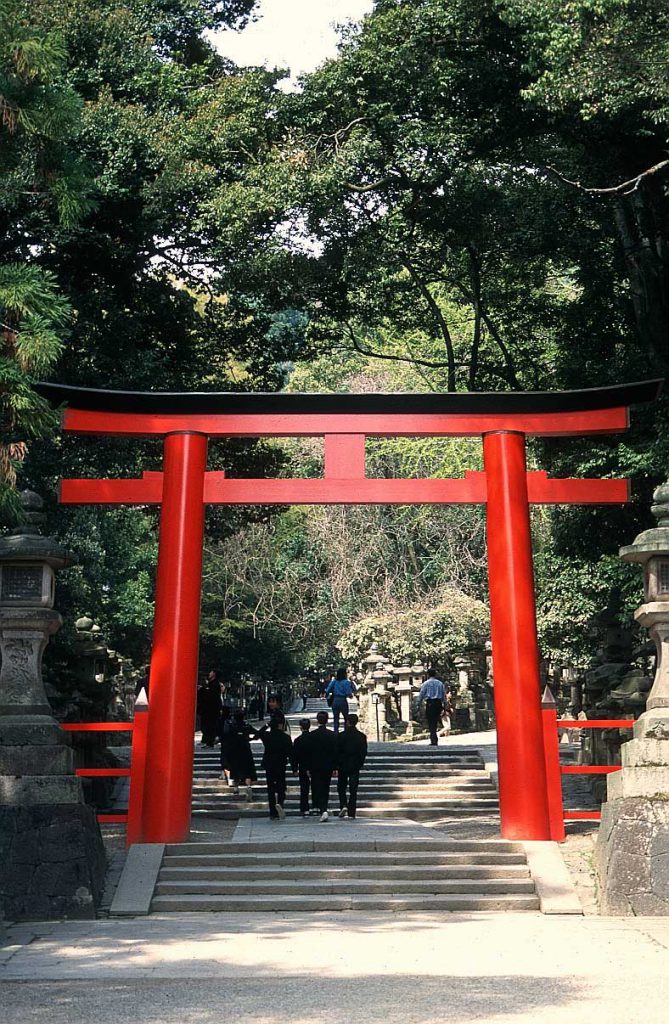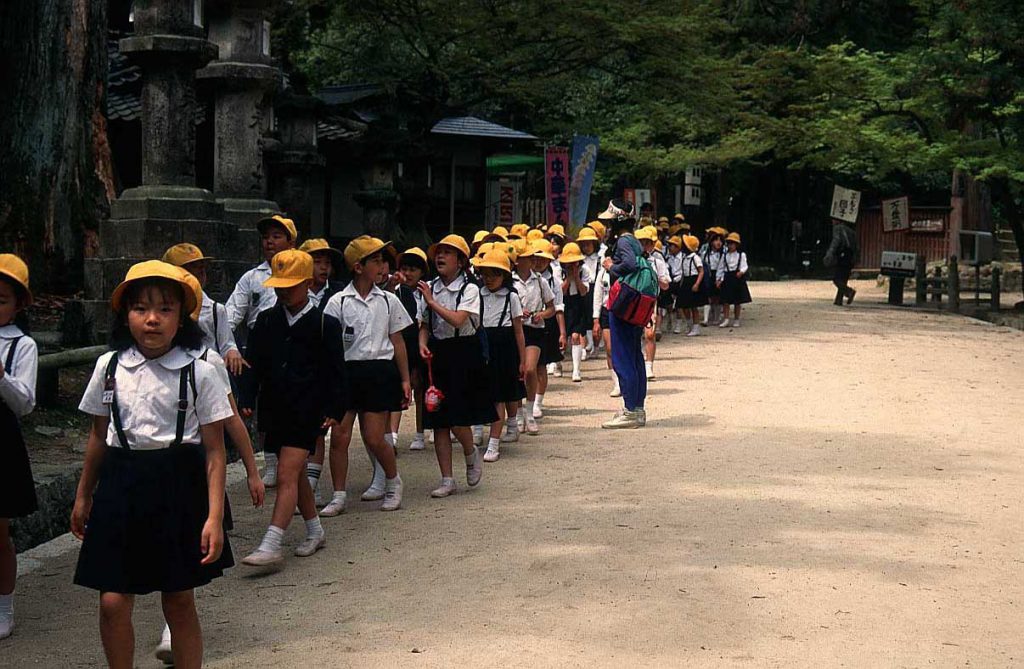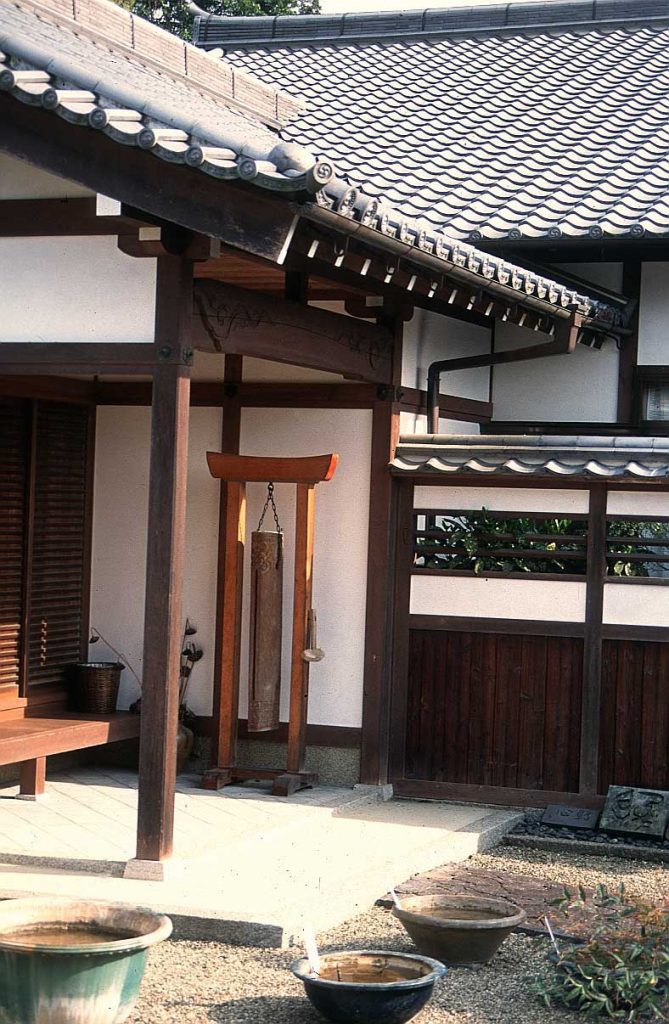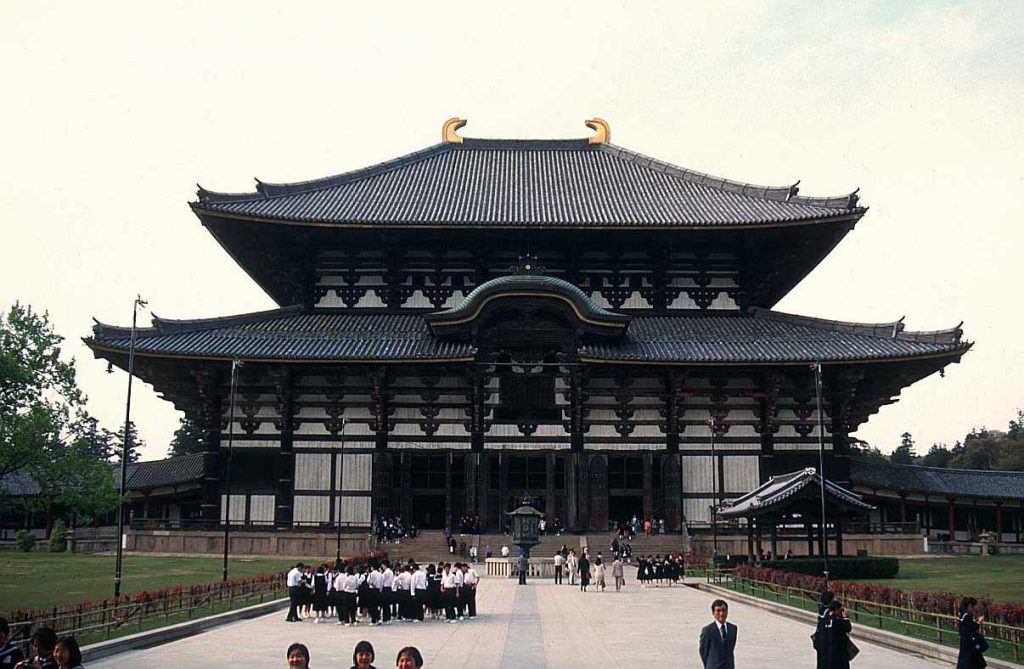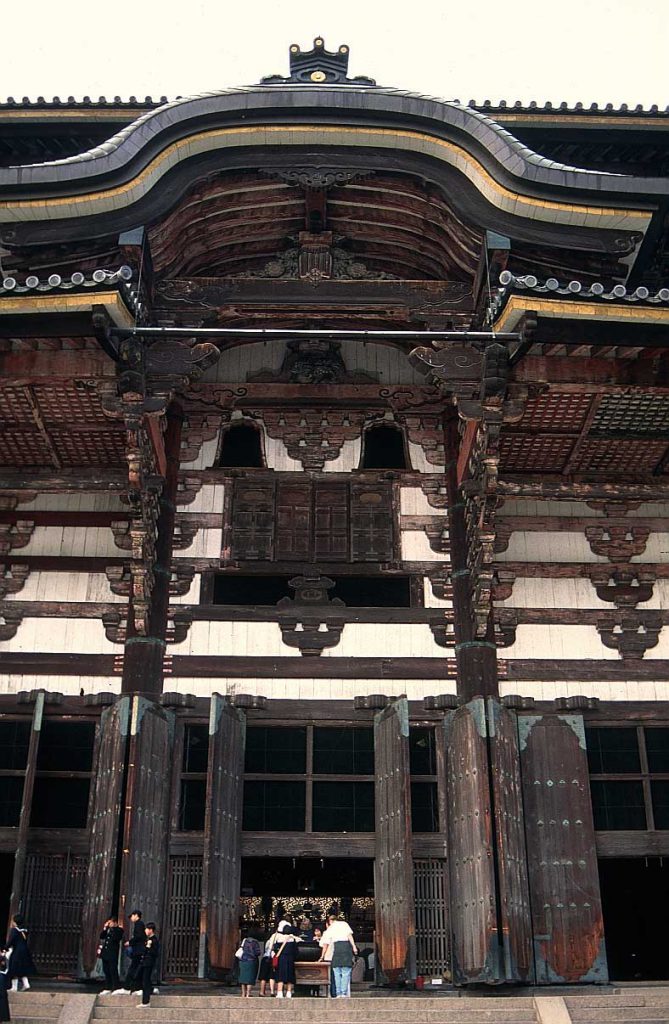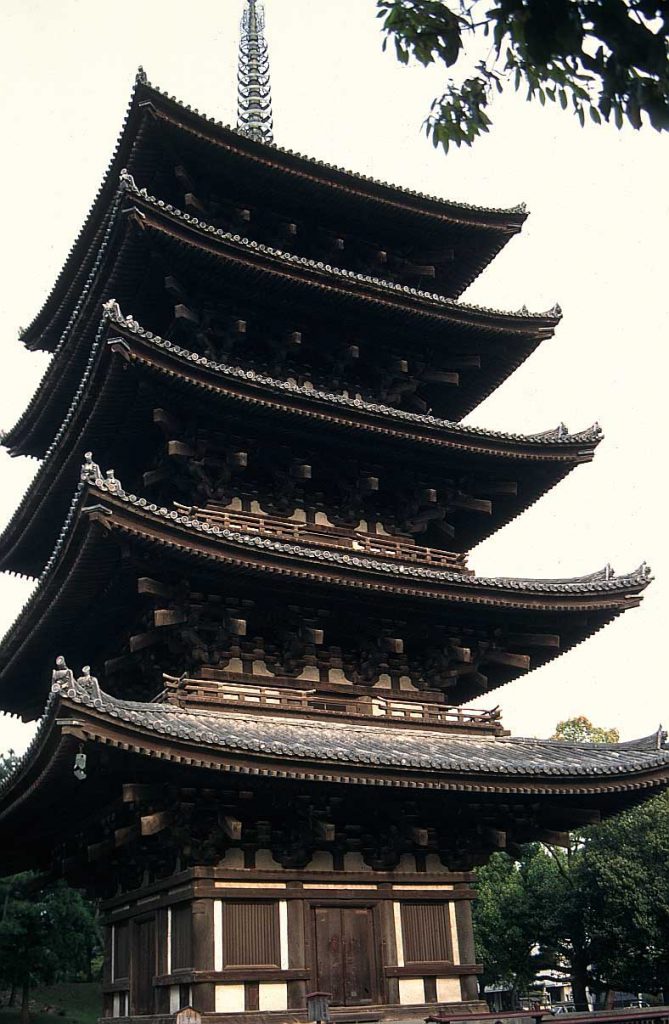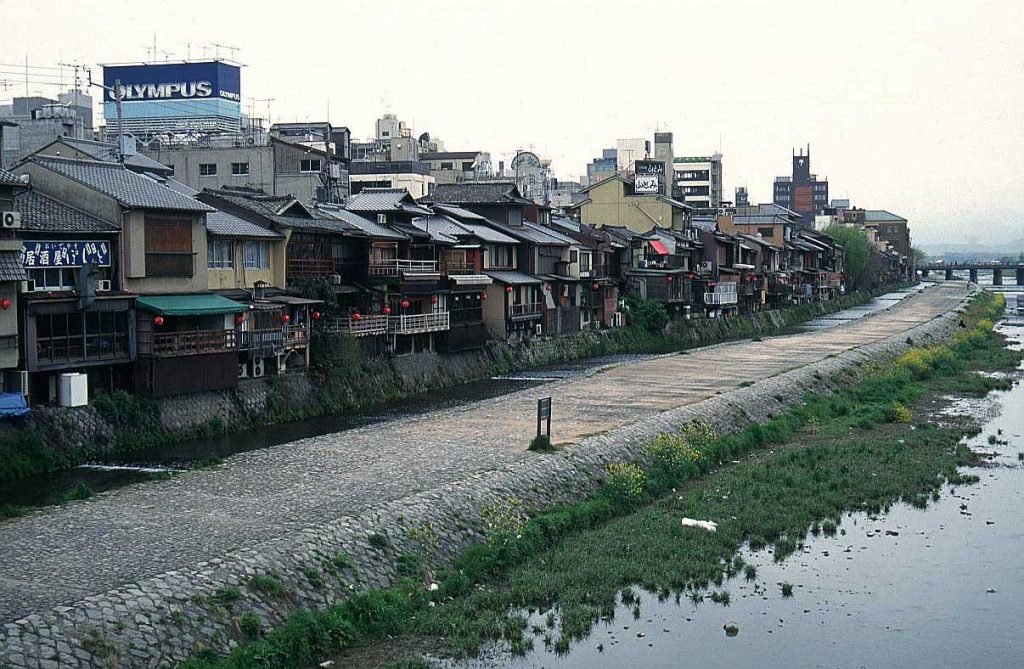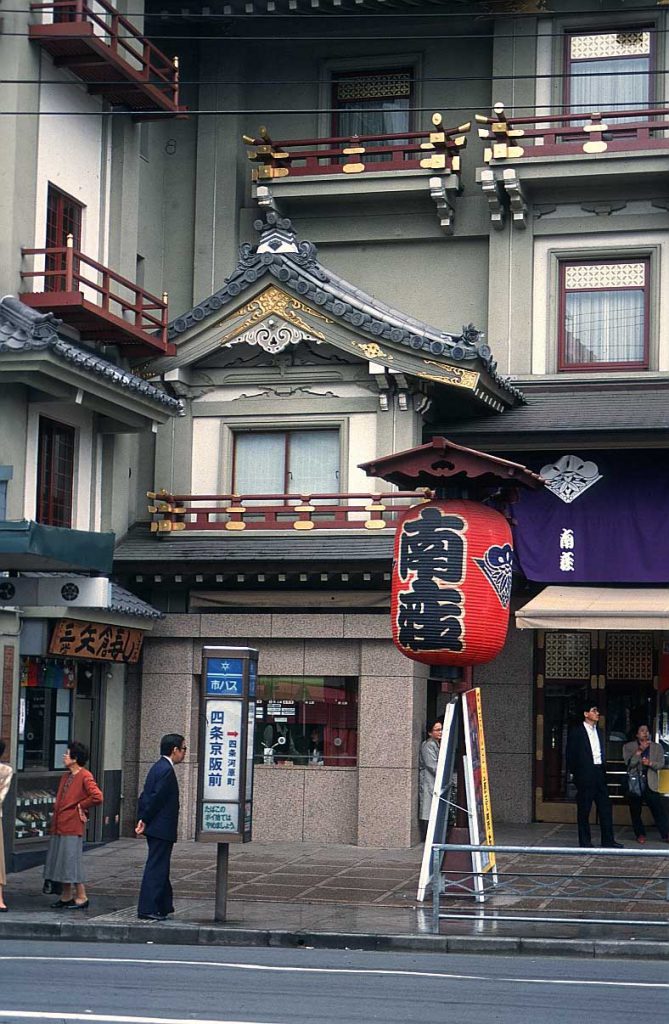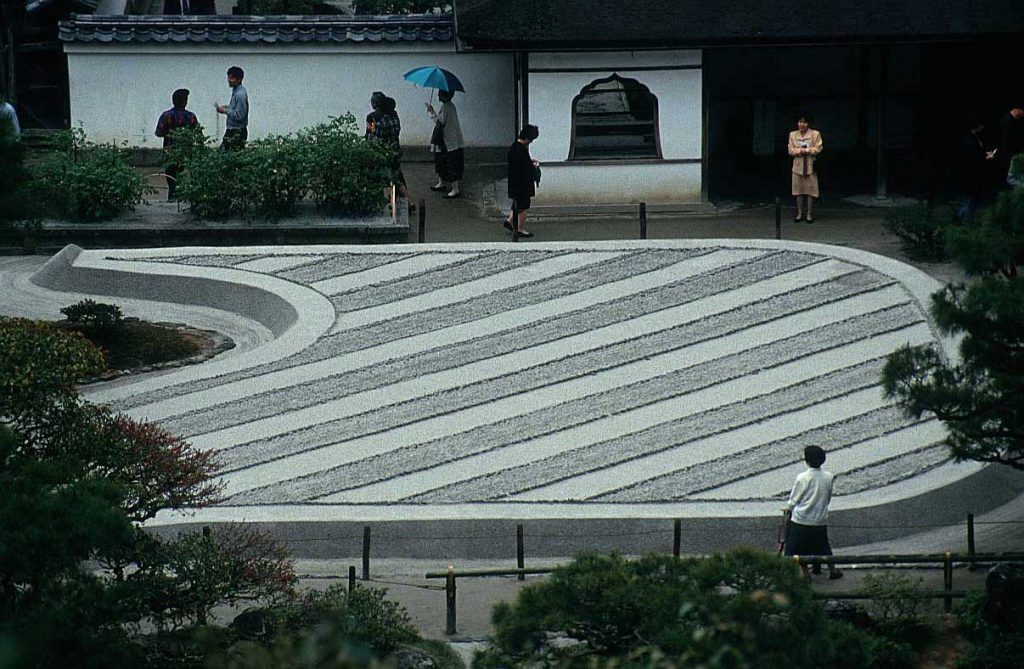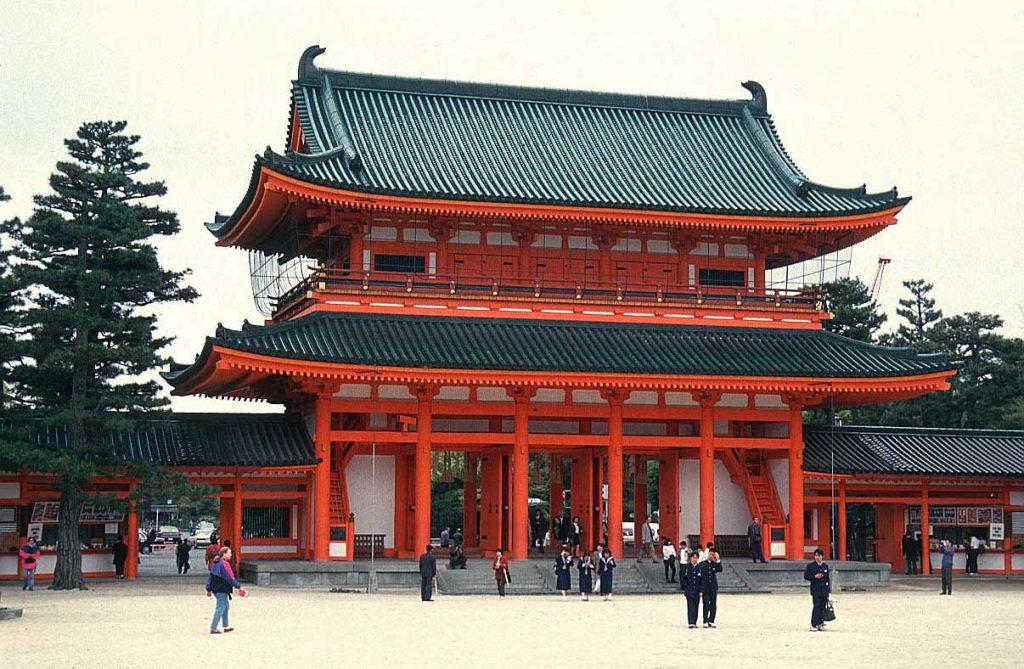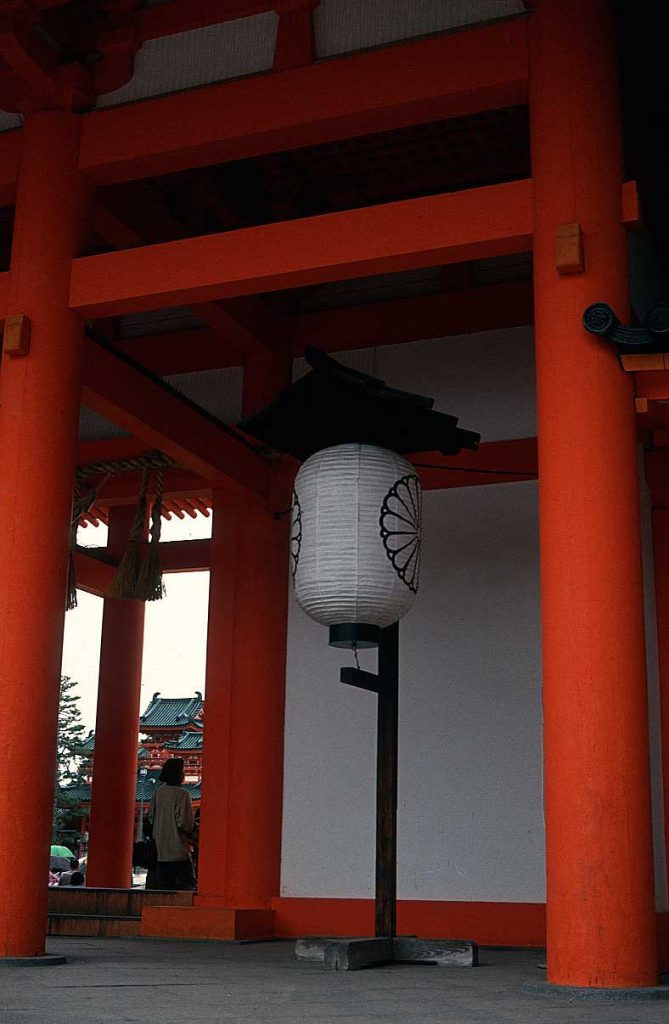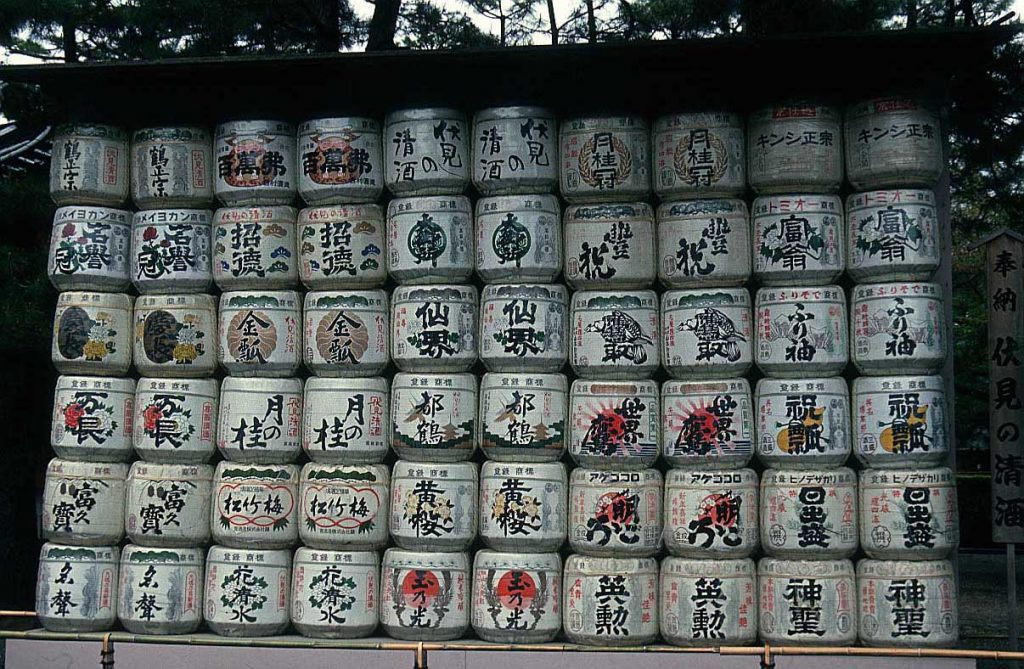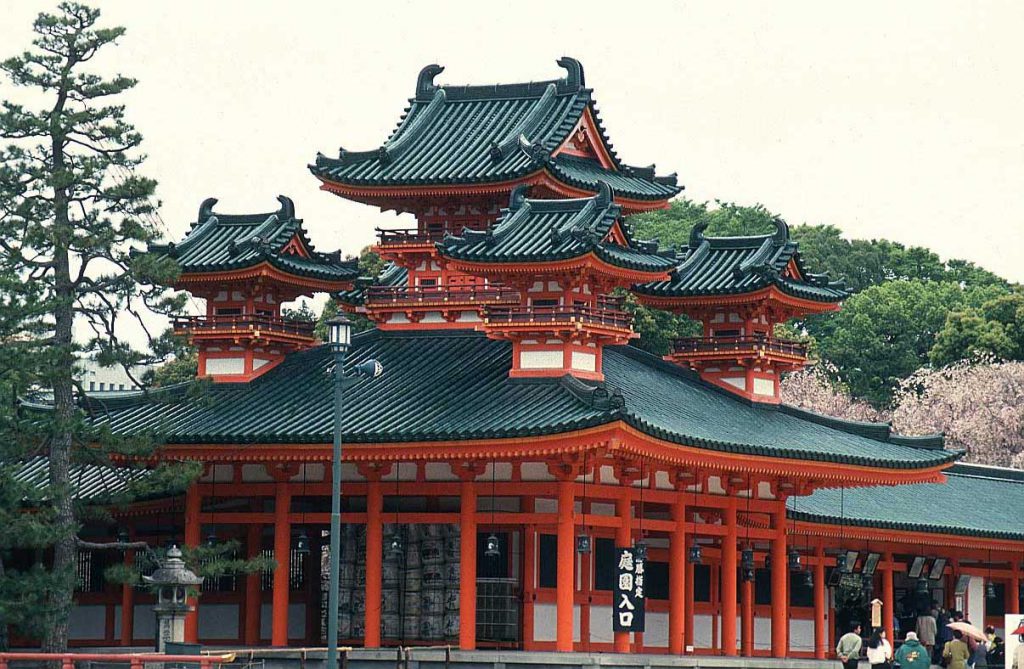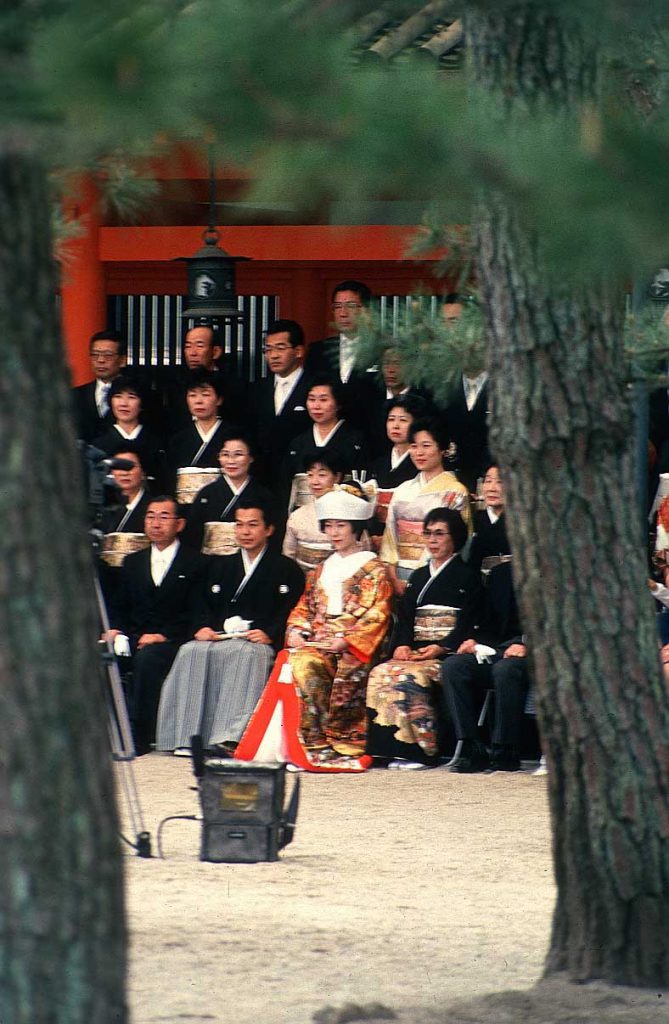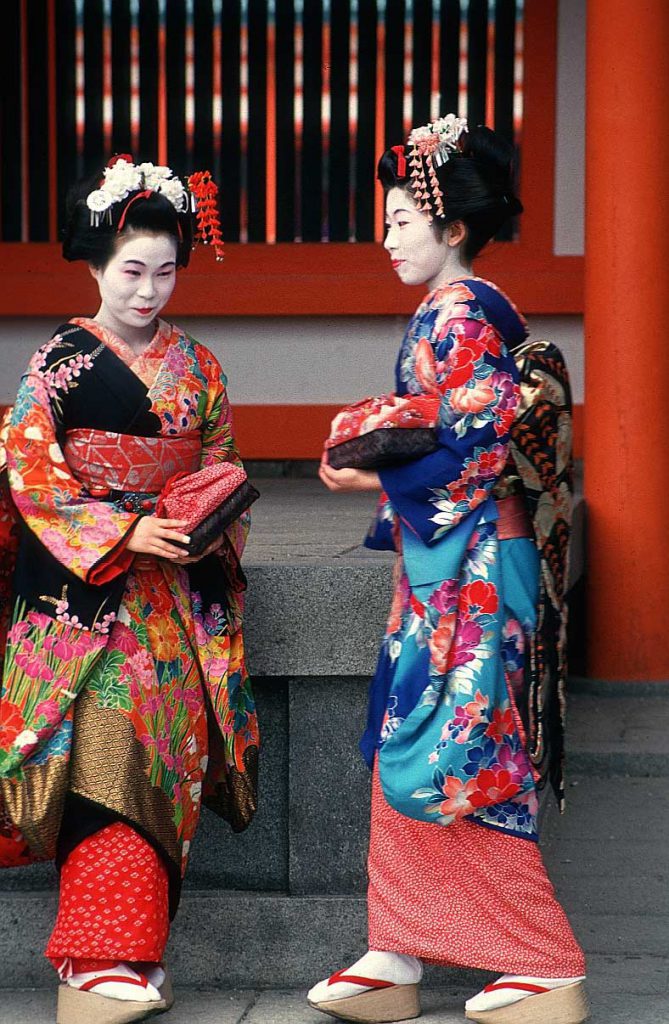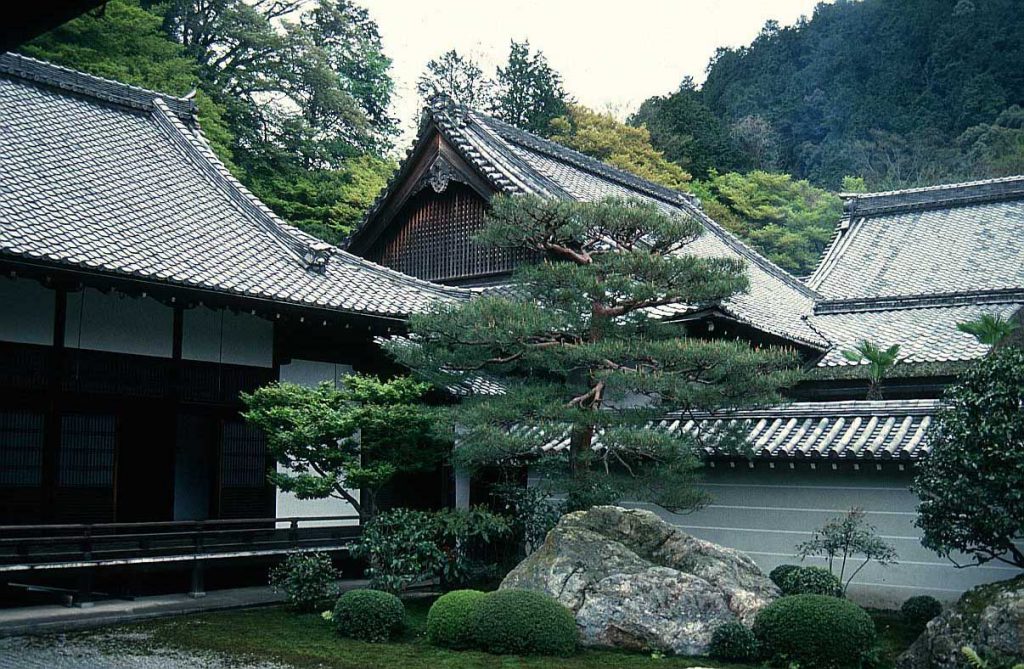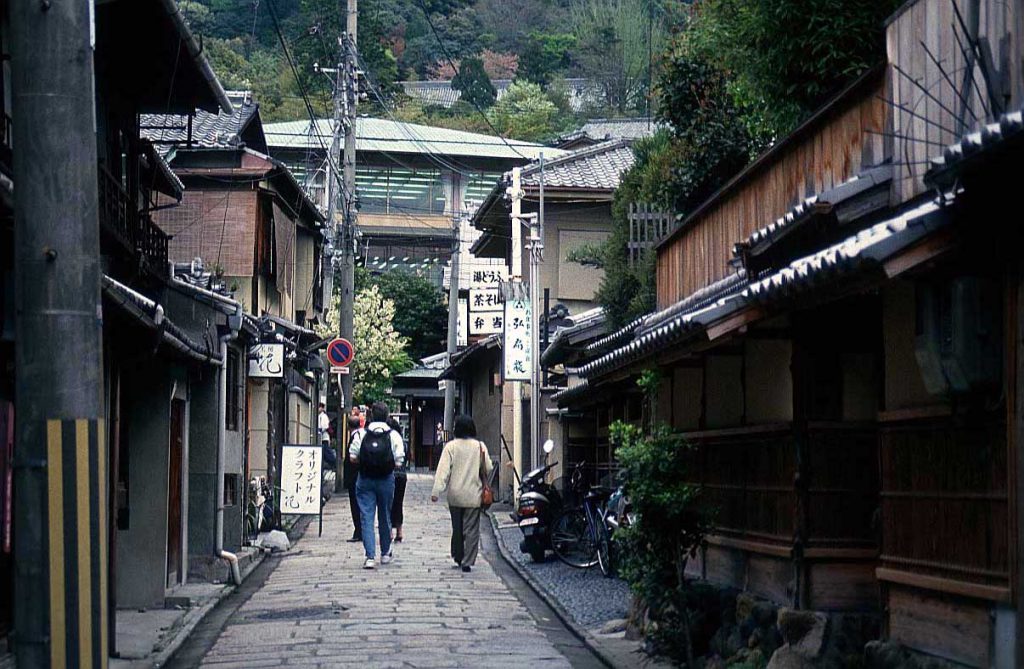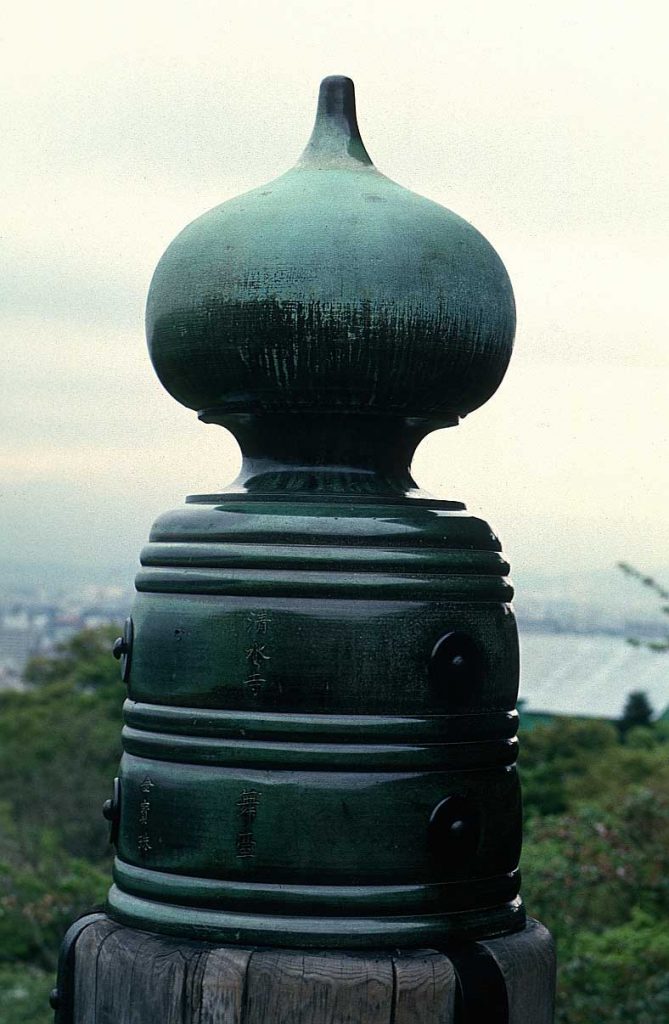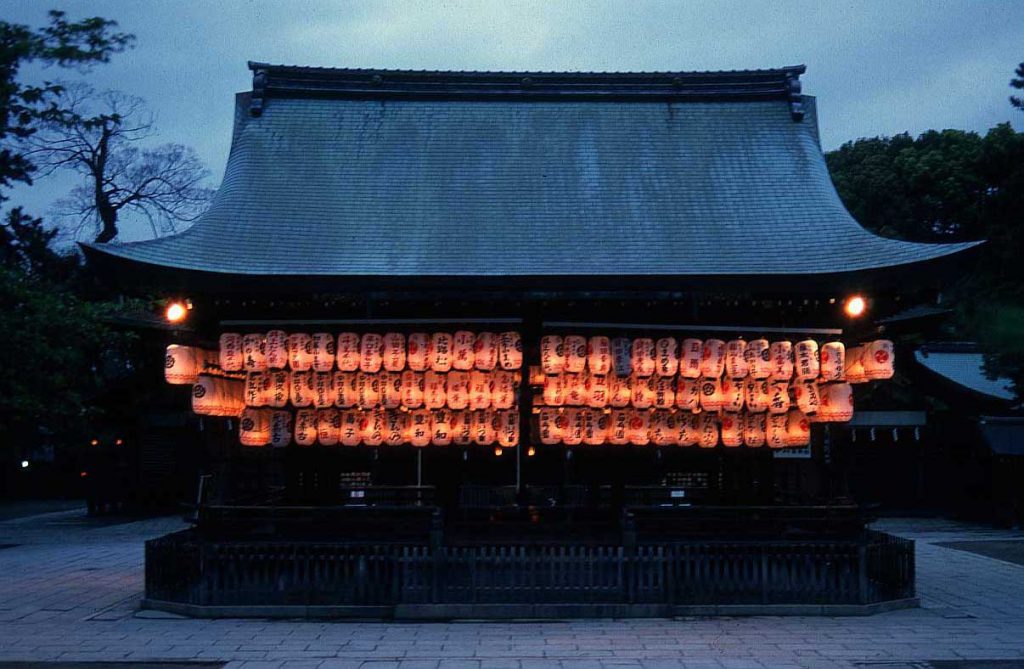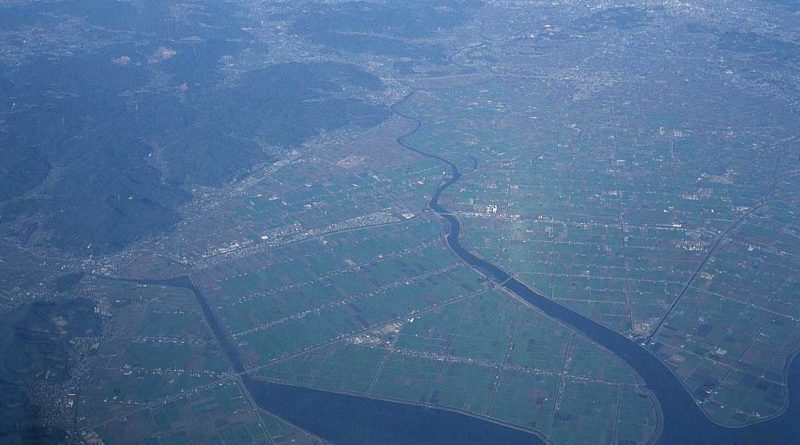Japan
Japan is a country located in the North Pacific Ocean made up of four main islands: Honshu, Hokkaido, Kyushu and Shikoku. Tokyo is the largest city and the country’s capital. Most of Japan’s inhabitants live on the coast and along the rivers. The country is an important economic power and especially known for the production of electronic goods and motor vehicles. Osaka, one of the largest cities and a major port on Honshu Island, is an industrial, financial and commercial centre with a population of around 2,500,000. Kyoto, with a current population of around 1,400,000 was the capital of Japan from 794 to1868 and has many historic sites. Nara, not far from Osaka, is known for its temples and shrines.
If you travel to Japan, one thing is certain. Whatever your interests, whatever your tastes, Japan has it in spades: a fascinating history underlined by both ancient and modern architecture, unique cultural traditions and cutting-edge technology, a fusion of cuisine, chic shopping and last but not least, a stunning natural world ranging from tropical beaches to mountain peaks.
When to go
To some extent this depends on which region you are visiting. Winter is from December to February and is cold with a lot of snow on the Sea of Japan side of the country. From June to August temperatures and humidity are high, except in Hokkaido in the north. In May there is a rainy season of a few weeks and from August to October you are in the typhoon season which can affect travel in some regions. So the best time to visit is in spring (March to May) or autumn (September to November) when rainfall is low and the weather is mild. The cherry blossom season is from March to April – another reason for choosing to visit at that time.
Where to stay
In addition to the kind of hotels western visitors are used to all over the world, Japan offers some very different accommodation. Tourists are welcome at Temple Lodgings, where you stay in rooms attached to a Buddhist temple and are invited to join the morning prayers. Two vegetarian meals are typically included in an overnight stay. A Capsule Hotel, as its name suggests, offers a small space with just a bed, a locker, a shared bathroom and, of course, a television. These are really only meant for men who, in Japanese culture, go out in the city after work and do not necessarily go home before work the next morning. For people travelling on a low budget, Dormitories in major cities offer a cheap alternative. They are usually in older buildings and have shared rooms. Finally Minshuku are bed and breakfast establishments but in the Japanese style. Family run, they offer a chance to meet Japanese people and experience the Japanese lifestyle, for example sleeping on a futon and taking a Japanese-style bath. They include one or two meals in the price.
What to see
The most well-known sight in Japan is Mount Fuji, an icon of the country and a UNESCO World Cultural Heritage Site. When weather conditions are right it can even be seen from Tokyo, otherwise a one hour train journey from the capital takes you to Kamakura which is the ideal place from which to see and photograph Japan’s highest mountain. Equally not to be missed are traditional Japanese gardens, which are found in all regions. They present miniature landscapes consisting of set elements: water, bridges, rocks and garden architecture. They may be tea gardens or just places of meditation.
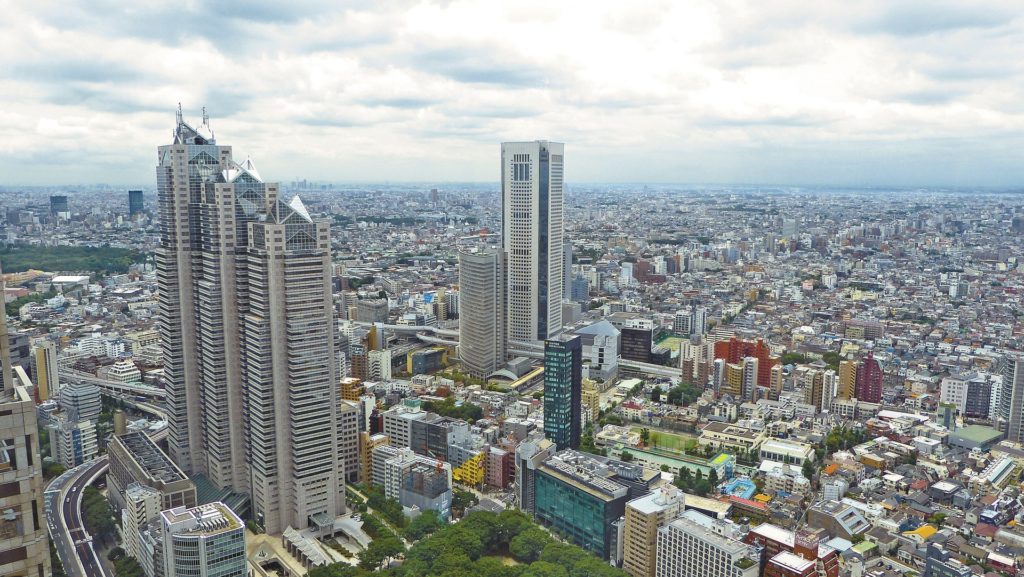
Understanding Japan’s Culture and Customs
Before embarking on your journey to Japan, it’s essential to familiarize yourself with the country’s rich cultural heritage and social customs. Respect for tradition and harmony are deeply ingrained in Japanese society, and observing etiquette is paramount.
- Bow Greetings: A bow is the customary form of greeting in Japan. The depth of the bow depends on factors such as age, status, and the formality of the situation.
- Removing Shoes: It’s customary to remove your shoes when entering someone’s home, traditional ryokan (inns), and certain temples or restaurants.
- Public Behavior: Japanese society places a strong emphasis on politeness and quietude in public spaces. Avoid loud conversations, and refrain from eating or drinking while walking.
- Japanese Language: While English signage is prevalent in major cities, learning a few basic Japanese phrases can enhance your experience and facilitate communication with locals.
Japan boasts one of the world’s most efficient and extensive transportation networks, making it remarkably easy to explore the country. Here are some essential modes of transportation to consider:
- Shinkansen (Bullet Trains): The Shinkansen network connects major cities across Japan at speeds of up to 320 km/h (200 mph), offering a convenient and comfortable way to travel long distances.
- Public Transit: In urban areas like Tokyo and Osaka, efficient subway and train systems provide access to virtually every corner of the city. Consider purchasing a prepaid IC card, such as Suica or Pasmo, for seamless travel.
- Rental Cars: While public transportation is excellent, renting a car can be advantageous for exploring rural areas and remote regions like Hokkaido or Okinawa.
- Local Buses and Ferries: In smaller towns and islands, local buses and ferries are reliable options for getting around. Be sure to check schedules in advance, as services may be less frequent in rural areas.
Experiencing Japanese Cuisine
No trip to Japan is complete without indulging in its world-renowned cuisine. From delicate sushi to hearty ramen, Japanese food offers a tantalizing array of flavors and textures. Here are some culinary highlights to savor:
- Sushi: Sample fresh, melt-in-your-mouth sushi at a traditional sushiya (sushi restaurant), or experience the excitement of a conveyor belt sushi (kaitenzushi) establishment.
- Ramen: Warm your soul with a steaming bowl of ramen, featuring savory broth, chewy noodles, and an assortment of toppings like sliced pork (chashu) and soft-boiled eggs.
- Tempura: Indulge in crispy, lightly battered tempura, featuring an assortment of seafood, vegetables, and mushrooms fried to perfection.
- Izakaya Dining: Experience the convivial atmosphere of an izakaya, a casual Japanese pub offering an array of small plates (tapas-style) and drinks like sake and shochu.
Exploring Iconic Destinations
Japan brims with iconic landmarks and cultural treasures waiting to be discovered.
- Tokyo: Immerse yourself in the vibrant energy of Japan’s capital, where skyscrapers, historic temples, and bustling markets coexist harmoniously.
- Kyoto: Wander through the ancient streets of Kyoto, home to over 2,000 temples and shrines, including the iconic Kinkaku-ji (Golden Pavilion) and Fushimi Inari Taisha.
- Hiroshima: Pay homage to history at the Hiroshima Peace Memorial Park, dedicated to the victims of the atomic bombing during World War II.
- Hokkaido: Explore the natural beauty of Japan’s northernmost island, known for its picturesque landscapes, hot springs, and delectable seafood.
Whenever you go and wherever you stay, Japan is a beautiful and endlessly fascinating country which offers a travel experience that is truly different from the rest.
